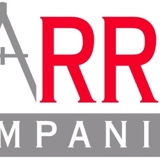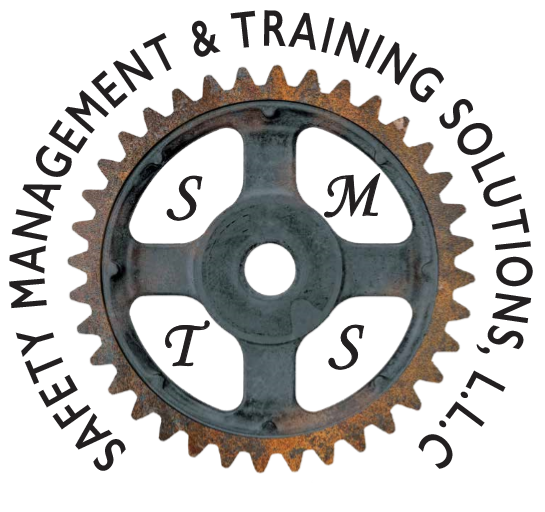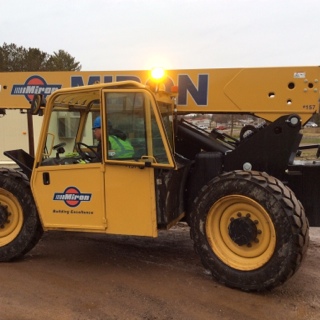Information
-
Document No.
-
Client / Site
-
Conducted on
-
Location
GENERAL INFORMATION
-
Participant's name
-
Participant's department/location
-
Evaluator's name
-
Date of evaluation
-
Class/Type of Powered Industrial Truck in use
- class 1-electric motor rider (stand up or sit-down)
- class 2-electric motor narrow aisle trucks
- class 3-electric motor hand or hand/rider trucks
- class 4-internal combustion engine w solid tires
- class 5-internal combustion engine w pneumatic tires
- class 6-electric and internal combustion engine tractors
- class 7-rough terrain forklift trucks
Equipment Information
-
Make
-
Model #
-
Serial #
PRE-SHIFT INSPECTION
-
Able to identify parts of the truck requiring inspection, and how to inspect them.
-
Was able to locate and interpret spec plate and lifting capacity.
MOUNTING, DISMOUNTING
-
Used the 3 points contact rule when mounting/dismounting
-
Wore seatbelt as required.
GENERAL OPERATION
-
Was able to locate truck controls and instruments; their purpose, how they work, etc.
-
Maintained safe speed. Slowed when appropriate.
-
Exercised additional caution around pedestrians and pedestrian areas.
-
Travelled with forks as low as possible.
-
Looked in direction of travel at all times. when/if load obstructs view, operator drove and looked backwards.
-
All parts of body remained inside the ROPS AT ALL TIMES.
-
Set parking brake, took truck out of gear, turned off engine, and fully lowered forks when leaving truck unattended.
-
All operations carried out in a smooth, unhalting, confident manner.
-
Avoided ramps, hills, inclines, declines. When necessary to travel on them, drove straight up and straight down.
LIFTING, MOVING, DEPOSITING LOADS
-
Visually inspected load/pallet before engaging it. Checked for load stability, broken pallets, protruding nails, etc.
-
Identified and avoided obstructions above the load, prior to and while lifting (i.e. sprinkler heads, upper shelving/racks, etc.)
-
Approached load squarely and symetrically.
-
Forks level while engaging
-
Inserted forks fully
-
Tilted mast backwards after lifting load.
-
Carried load as low as possible. Did not lift/carry loads over people.
STEERING AND MANEUVERING
-
Displays an understanding of steering rear-wheel steer vehicles and how turns are negotiated differently than a car.
-
Watched out for rear end swing while steering.
-
Was able to execute tight turns in limited space. Avoided "veering" to left for hard right turn and vice versa.













